Sawdust characteristics and their application
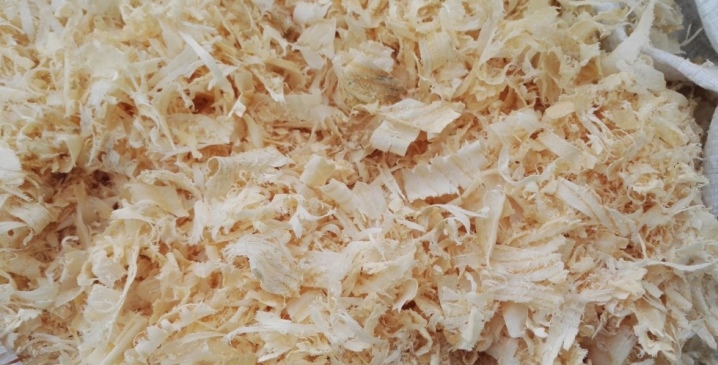
Wood is one of the most popular raw materials. Valuable are both integral wood materials (eg timber) and raw materials that are formed during the processing of wood. So, for example, one of the materials in demand is sawdust.
Wood sawdust is a material that finds its application in various fields of human activity. Today in our article we will look at the main characteristics and existing types of sawdust used.
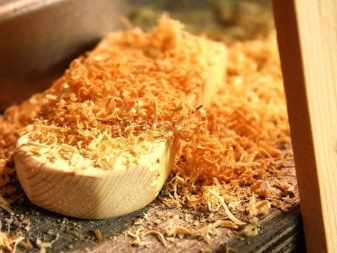

What it is?
First you need to decide what the sawdust is. In fact, these are small chips that are formed as a result of sawing wood.
The distinctive characteristics of the material include a fairly low cost, respectively, high availability for everyone (regardless of the economic and social status of a person in society).
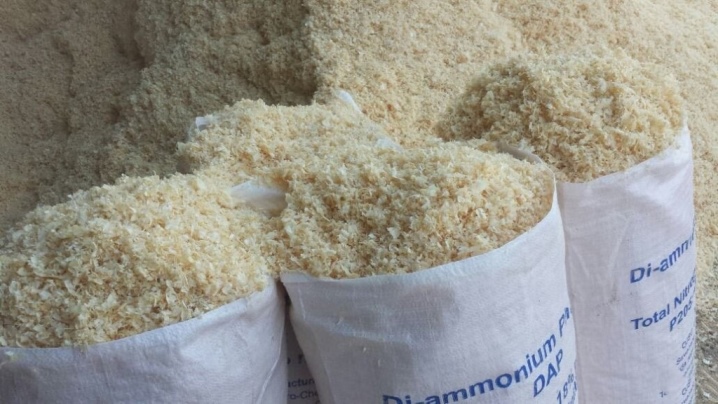
If we consider in detail the properties of dry sawdust, then their low weight should be noted. Density indicators are at the level of 220-580 kg per cubic meter (this indicator may vary depending on the moisture level of the raw material). And the thermal conductivity coefficient is 0.06 W / (m2 per ° C). The sawdust size usually does not exceed 5 mm.
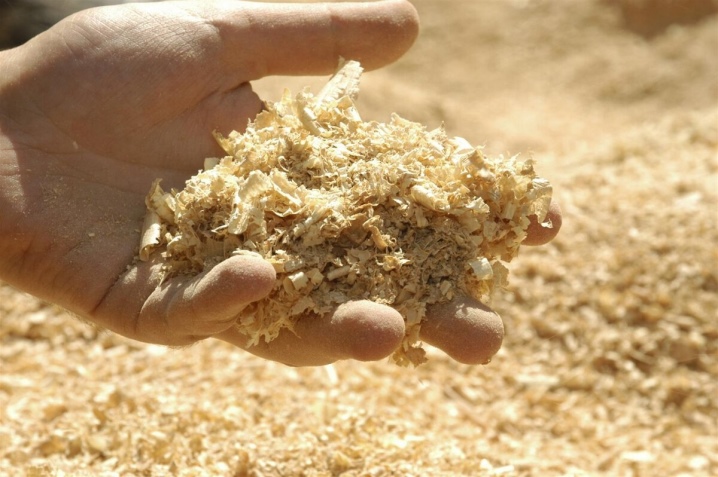
The chemical composition of sawdust deserves special attention, usually the material contains the following components:
- lingin;
- cellulose;
- hemicellulose;
- nitrogen;
- hydrogen;
- oxygen;
- carbon.
Generally speaking, all the properties and characteristics that should be inherent in sawdust are described in detail in the official GOST 23246-78.
Be sure to read this document before purchasing and using the material.
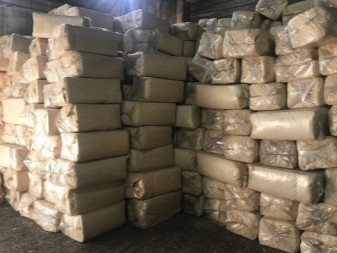
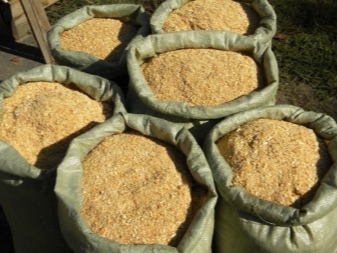
It should be said that the features of raw materials include a large number of properties and characteristics, which must be carefully read. Thanks to this responsible approach, you will not regret your purchase later.
Important. A unique feature of this building material is its environmental friendliness. Sawdust is safe for the environment and for human health, therefore, their use is permissible in a variety of unexpected areas (for example, the material is used to fill children's toys or pillows).


What kind of wood is it made of?
Today, in the construction market, you can find a large number of varieties of shavings made from various types of wood (and you can purchase raw materials, both from valuable material and from cheap slabs).
For the convenience of users and manufacturers, a general classification of the material has been adopted, which includes 2 main groups: coniferous and deciduous.

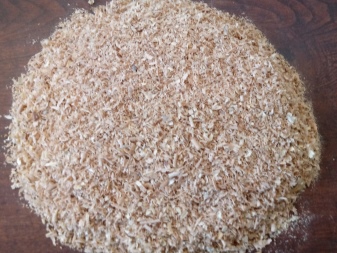
Conifers
Coniferous types are formed from species such as thuja, pine, and spruce and cedar trees. Such material is actively used in horticulture, as it tends to increase the acidity of the soil. For example, pine shavings are used to grow tomatoes, cucumbers and carrots.

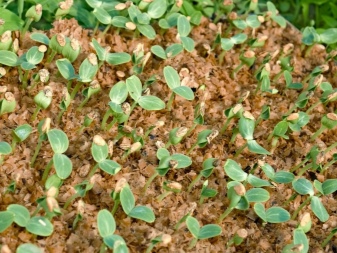
Deciduous
The deciduous type is more widespread than the coniferous one. Let us consider in more detail the characteristics and properties of various subgroups of deciduous sawdust.
- Birch shavings are actively used to create mushroom farms. Raw materials are poured into plastic bags and mushroom spores are placed there. After that, holes are made in the bags.In this case, without fail, you need to monitor the level of humidity in order to avoid the appearance of mold.
- Aspen material is often used for gardening. Such sawdust is very suitable for growing onions, garlic and strawberries. At the same time, it is important to note the fact that such a raw material stops the growth and development of weeds, which makes it easier to care for the site.
- The main component of lime sawdust is phosphorus. In addition, the composition of the raw material contains resins with a pronounced odor, which is attractive to honey plants. Very often linden sawdust is used as bedding or covering material for a variety of flowering crops.
- As a general rule, oak sawdust is not used as an independent material. (especially when it comes to the use of the material in horticulture). Often they are combined with other materials (for example, compost) - in such a "tandem" raw materials show all their positive qualities.
- The composition of pine sawdust includes substances such as oils and acids, which are distinguished by a high level of usefulness.
- As for the chestnut variety of sawdust, then such a raw material is characterized by the ability to absorb a large amount of moisture. In connection with such characteristics, it can be noted that these sawdust are actively used to carry out various kinds of thermal insulation work.
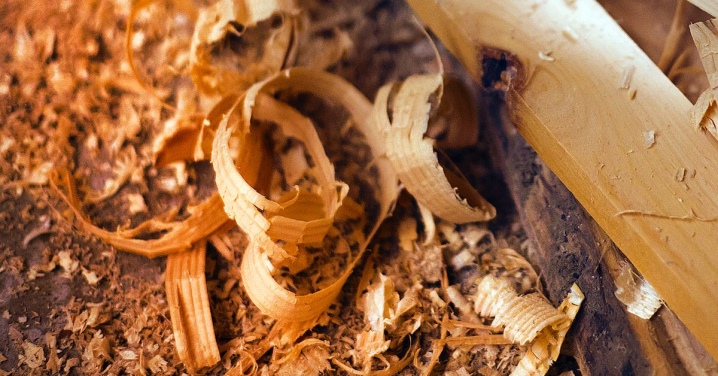
In addition to the deciduous varieties of wood materials described above, raw materials from larch are popular, as well as fruit, beech and alder sawdust. Moreover, alder materials are traditionally popular in the preparation of smoked meats.
Thanks to such a variety of types of sawdust, each person will be able to choose for himself such a material that will be 100% consistent with his goals, wishes and needs.
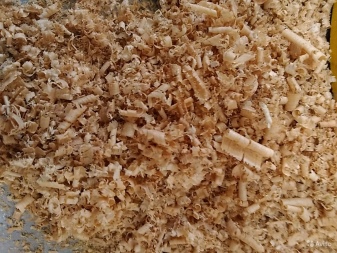
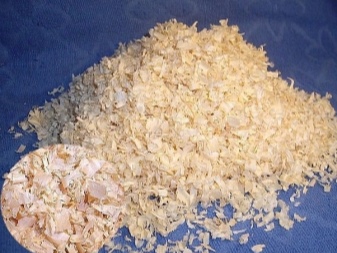
Views
Today there are several types of sawdust. Let's take a closer look at their key characteristics.
- The most common and widely used type of raw material is sawdust, which is sold in bags. They are quite cheap and affordable, so almost anyone can buy them.
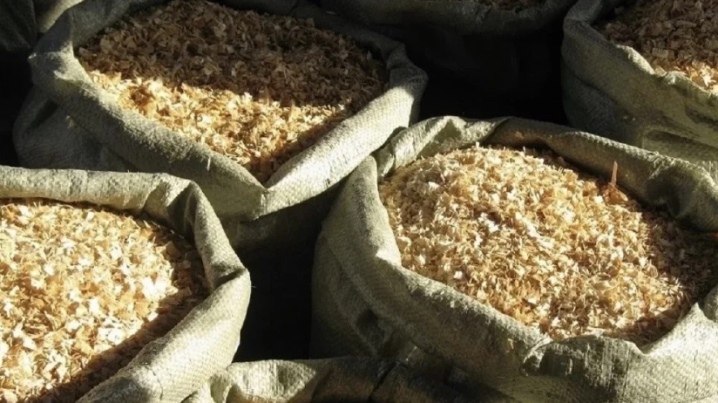
- Granular sawdust is used in the pet care processas they are a filler for trays, which is characterized by a high level of practicality. Wood sawdust in pellets is popular with domestic cat and cat owners, as well as various types of rodents (for example, rats or hamsters).
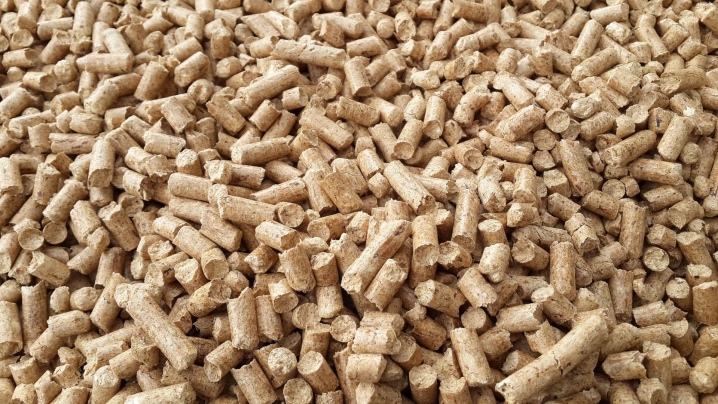
- Pressed wood sawdust is actively used for heating. They have both positive and negative characteristics. So, the advantages of the material include ease of use, the possibility of using in long-burning boilers and ease of storage. On the other hand, large dimensions are traditionally distinguished among the disadvantages.
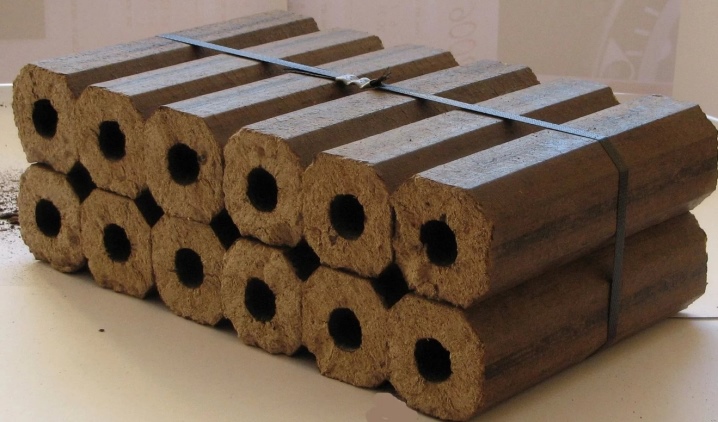
- Glued sawdust Is another type of material that is used for different purposes.
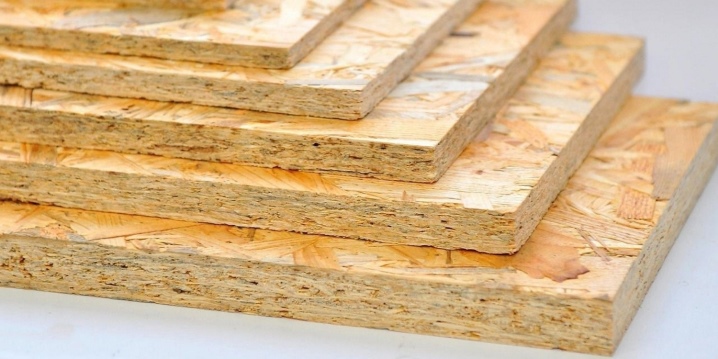
In addition, sawdust varies in size: they can be small or large. Each of these varieties is used for different purposes and differs in the level of bulk density.
Applications
As mentioned above, sawdust is very popular and in demand among users. Their use extends to several spheres of human life.
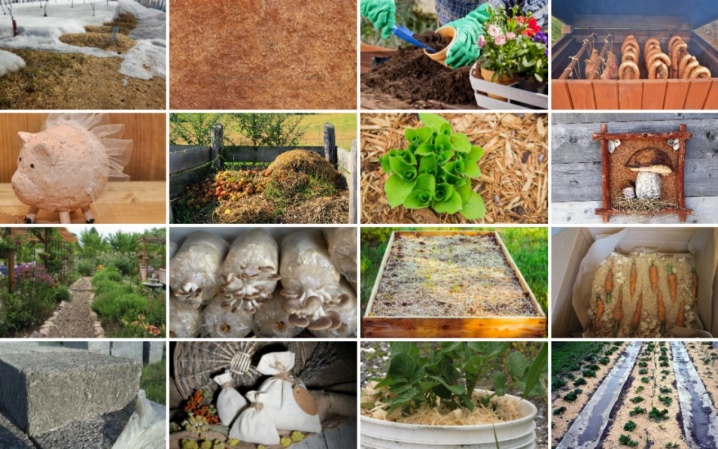
In construction
Sawdust is a popular building material used for the production and manufacture of products such as chipboard and fiberboard, gypsum-sawdust concrete (in this case, sawdust is used in combination with gypsum), etc. In addition, raw materials are often used in the process of arranging toilets (or dry closets), as well as filling the trays for animals.
Such a varied and widespread use is explained, first of all, by the affordable price of the material.
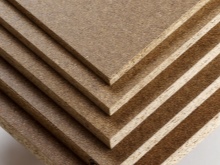
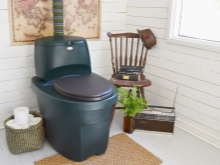
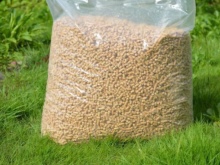
For mulching
Another area of use of the material is agriculture and horticulture. Sawdust is a fairly valuable mulching material that is used in the process of caring for strawberries, strawberries and raspberries, while the thickness of the sawdust layer should be about 5 cm.
You should also take into account the fact that only rotted shavings can be used for mulching, if the material is raw, then it must be prepared in advance.
At the same time, the mulching procedure itself is recommended to be carried out only in the summer period of time - after all, it is then that the soil loses a large amount of valuable moisture.
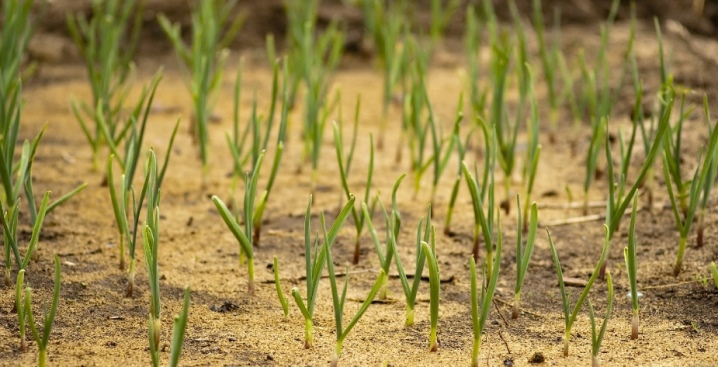
As insulation
Sawdust is often used as an insulation material. This is due to the distinctive characteristics of the material, namely, the high level of bulk density.
On the other hand, there are also negative characteristics of raw materials, for example, a high likelihood of ignition, as well as flammability.
Due to this, before using sawdust as insulation (for example, on the ceiling), it is necessary to pre-process them. So, sawdust is mixed with gypsum, cement, clay or lime, and then watered with a solution of copper sulfate. Such actions reduce the fire hazard indicators of sawdust.
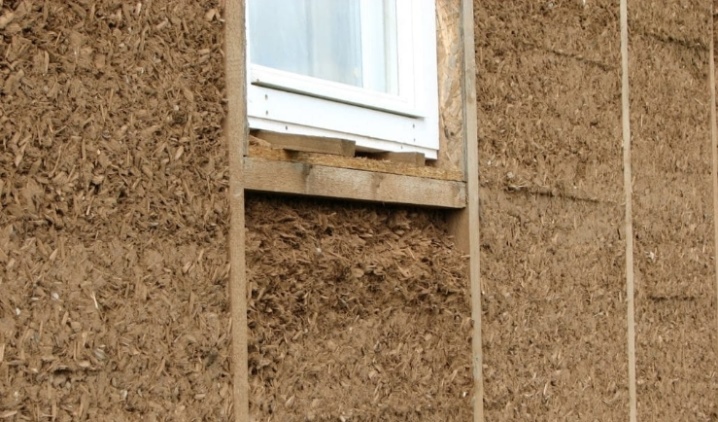
For furniture
Raw materials are often used to create furniture. At the first stage, sawdust is pressed into chipboard and fiberboard, and then furniture is made from these building materials. It should be noted that the use of sawdust contributes to the creation of various interior and decorative solutions.

In addition, various interior decoration items can be made from sawdust, for example, the material is used for stuffing souvenir toys.
For smoking
Only a few types of shavings are suitable for smoking. This is due to the fact that if you use the wrong variety, then the final product (for example, fish or meat) will not only have an unpleasant odor, but also a bitter taste. Due to this Sawdust from wood species such as oak, beech and fruit varieties are most often used for smoking. In this case, you can use different types of sawdust, both individually and in combination with each other.
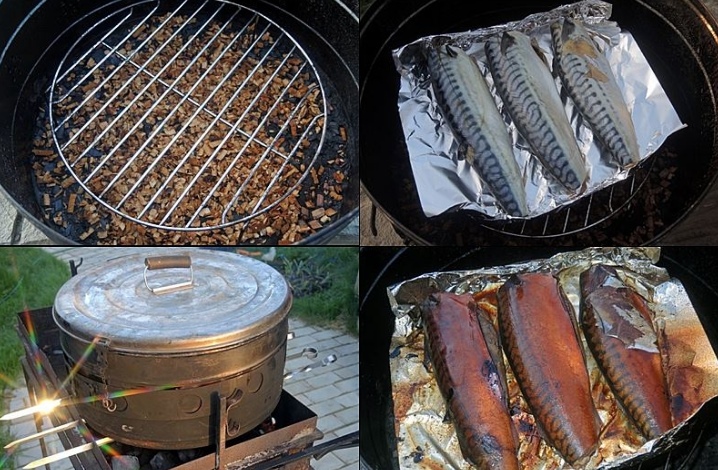
For the firebox
One of the most common uses for raw materials is heating. The material acts as a fuel for stoves and other heating systems. It should be borne in mind that not all types of sawdust are suitable for the furnace - it all depends on such indicators as the level of moisture and density of the raw material.
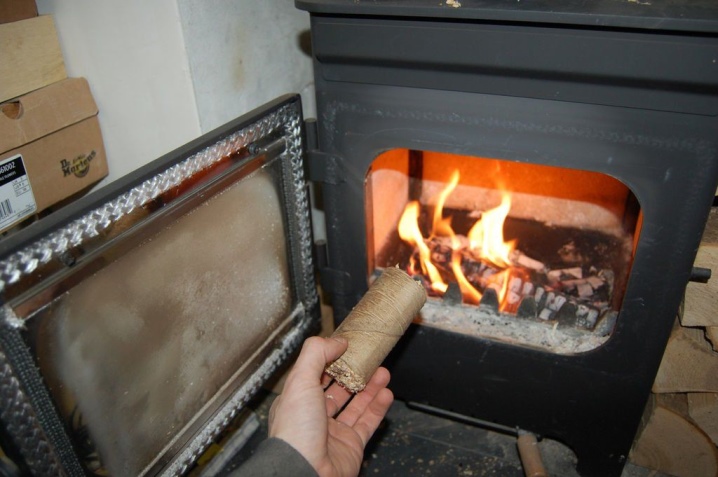
How to choose?
It is very important to correctly, carefully and responsibly approach the process of choosing sawdust. In doing so, several key parameters and factors should be taken into account.
- To begin with, you should decide for what purposes and in what area you will use sawdust. This will determine what type of sawdust will be optimal in your particular case.
- When buying material, it is very important to ask the seller to provide you with certificates of conformity and any other materials that prove the high quality of the product.
- The material should be purchased only in specialized stores or in construction markets. In this case, you will be sure of its high quality. In addition, in such outlets, you can always consult with professional and experienced sellers.
Helpful advice. In order to purchase wood shavings, you can go directly to woodworking enterprises. Thus, you can establish a direct supply of quality material.
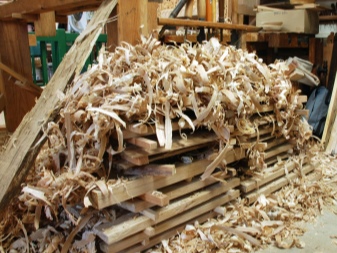
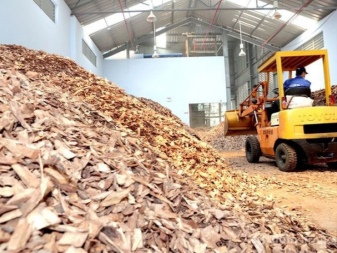
Generally, it can be concluded that wood raw material is a material that specialists in many industries cannot do without. However, you should be careful when choosing, since not every type of sawdust can be used for any purpose: there are both universal and specialized varieties.
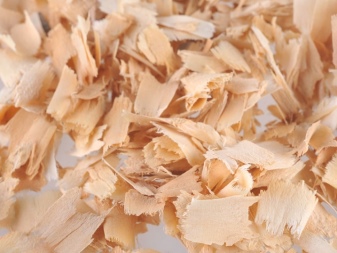
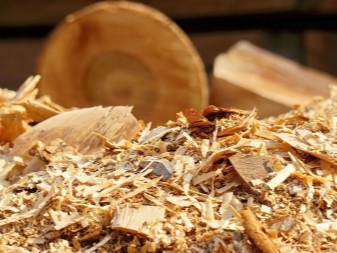









The comment was sent successfully.